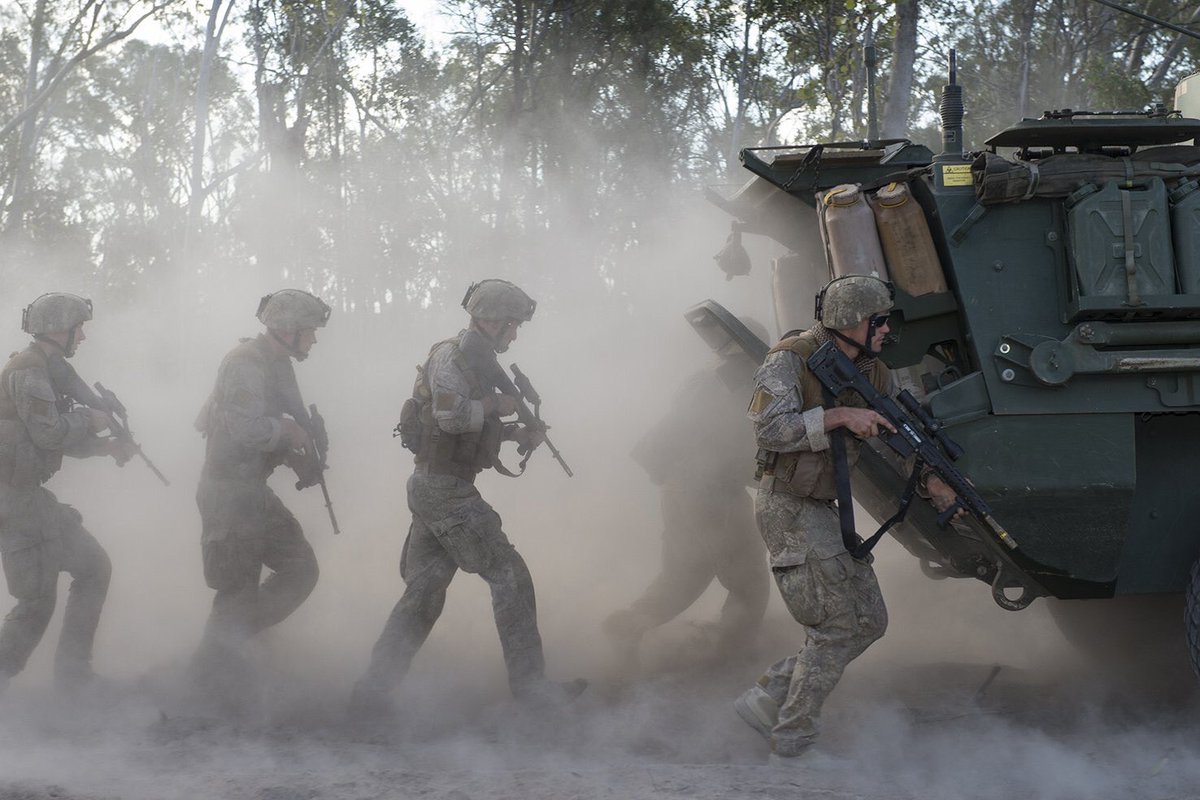
This year I was fortunate enough to attend the New Zealand Defence Force’s (NZDF) second annual Army Innovation Competition at Linton Military Camp. The competition formed the centerpiece of a recent drive in the NZDF to promote an innovative military and was coordinated by Tim Jones who visited DEF Aus in December last year. While the format of the competition and the ideas presented were not too dissimilar from what I have seen in the ADF, there were some notable observations that are worth sharing.
Demographic of ‘idea pitchers’
Of the 10 ideas presented (out of 30 submissions), the innovators were mostly either soldiers or JNCOs. Further, the group mostly comprised NZ Army Reserve. While difficult to validate, my anecdotal observation from the ADF is that the typical innovator comes from a much different demographic of SNCOs and officers from the regular force. If my observation is correct, then the NZDF have managed to generate a very different culture of innovation than the ADF, focused at the lowest level.
During discussions with the ‘idea pitchers’ following the competition, I discovered that while many agreed with my observation, they also attributed much of the competition demographic to the influence of Tim Jones who is also a JNCO in the NZDF. Tim had invested significant time in both providing innovation training to units and utilizing his network to encourage his peers to pitch their ideas to senior leadership. While this has potentially undermined my observation of the NZDF’s innovative demographic, I contend that it has also highlighted to me the importance of having a mix of ranks working in the innovation domain.

Tim was able to achieve buy-in at the lower ranks precisely because he is from that rank level. This observation also holds true for the Army Reserve component and yet I imagine that there is another element worth exploring here. Reserves by the nature of their divergent backgrounds have the potential to have more disruptive thoughts on the application of our profession. If this is a pool that we are not exploiting for ideas in the ADF, then we are perhaps not utilising our workforce to the greatest effect.
Innovation can save you money
In recent years, the NZDF has had an annual budget in gradual decline relative to other partner nations. In a resource constrained environment, an innovative culture can often be seen as a luxury. This is not too dissimilar from any business suffering contracting revenue streams. Yet this is precisely when an investment in innovation is necessary. While in business, innovation can lead to increased revenue, in the military it can lead to reduced wastage and more efficient systems. In one example, Tim Jones’ team developed a simple training system at a cost of $20,000 in lieu of a $12 million solution offered by industry. More importantly, an innovative military culture is far more likely to successfully adapt to a decrease in resources without allowing a decline in training standards.

Decentralizing Innovation
During one of the pitches aimed at improving the entry standards of new recruits, a senior officer asked: ‘what is stopping you from doing this now?’. The ‘idea pitcher’ simply responded: ‘well, nothing’.
Our soldiers, NCOs and officers shouldn’t have to wait for innovation competitions to get their ideas off the ground. Innovation needs to be decentralized and empowered at every level. If it is too difficult to innovate, then innovation simply won’t occur. For want of $5000, a soldier could have solved a simple and frustrating issue for her corps. Had she not had the determination to take this to the competition, her problem would likely have persisted. While impressed with her innovation, the panel was understandably disappointed that such a problem needed to be raised with them in the first place. If nothing else, such competitions highlight the inefficiencies in our systems that could be holding us back.
Conclusion
In analysing our own innovative culture, we would do well to reflect often on what demographics we are targeting and how we are enabling them. We must always ask if we are encouraging innovation across the entire organization or only within selected groups. Are we creating an environment that allows decentralized innovation or creating barriers to change? Ultimately, the systems that underpin our innovation are just as important as the culture that defines it.
About the author
Gareth Rice recently joined the DEF Aus 17 Committee after participating in the 2nd Cavalry Regiment’s 2016 pitch on ‘Cultural Training In The Army’.
DEF Aus 2017
Want to know more? Click here for the 2017 booklet.

